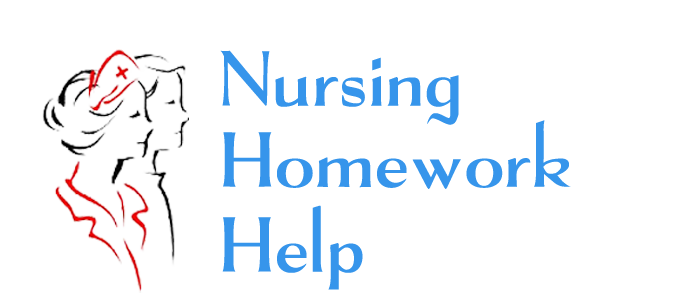Examines new thinking about leadership and management and how this may influence the future of nursing.
nursing3IOS
Readings
Marquis, B. L., & Huston, C. J. (2015). Leadership roles and management functions in nursing: Theory
and application (8th ed.). Philadelphia, PA: Lippincott, Williams & Wilkins.
Chapter 2, “Classical Views of Leadership and Management”
The information introduced through this chapter relates to this week’s Discussion, and will also be
referred to in future weeks of the course.
Chapter 3, “Twenty-First Century Thinking About Leadership and Management”
This chapter examines new thinking about leadership and management and how this may influence the
future of nursing.
Review Chapter 12, “Organizational Structure”
Allmark, P., Baxter, S., Goyder, E., Guillaume, L. and Crofton-Martin, G. (2013), Assessing the health
benefits of advice services: using research evidence and logic model methods to explore complex
pathways. Health & Social Care in the Community, 21, pp. 59–68. doi:10.1111/j.1365-2524.2012.01087.x
This manuscript examines causal pathways between the provision of advice services and improvements in
health. It may also be useful to commissioners and practitioners in making decisions regarding
development and commissioning of advice services.
Downey, M., Parslow, S., & Smart, M. (2011). The hidden treasure in nursing leadership: Informal
leaders. Journal of Nursing Management, 19(4), 517–521.
Retrieved from the Walden Library databases.
Informal leaders can have a strong impact in the workplace. This article explores the value informal
leaders can provide.
Stetler, C. B., Ritchie, J. A., Rycroft-Malone, J., & Charns, M. P. (2014). Leadership for
Evidence-Based Practice: Strategic and Functional Behaviors for Institutionalizing EBP. Worldviews on
Evidence-Based Nursing, 11(4), 219-226. doi:10.1111/wvn.12044
=======================================================================================================
=========
To prepare:
Review the information presented in Chapter 12 of the course text. Focus on the information about
formal versus informal structure as well as the types of organizational structures.
Consider the overall structure or hierarchy of your organization or one with which you are familiar.
Which organizational structure best describes your organization—line (or bureaucratic), ad hoc, matrix,
service line, or flat? Note: It is possible to have a combination of structures in one organization. Is
decision making centralized or decentralized in this organization?
What is the role of committees, task forces, and councils in the organization, and who is invited to
join? Consider how this relates to formal and informal leadership.
Reflect on how decisions are made within a specific department or unit. Which stakeholders provide
input or influence the decision-making process? Assess this in terms of formal and informal leadership.
To support your analysis, consider your own experiences and investigate these matters by speaking with
others at the organization and reviewing available documents. Be sure to consider how the concepts of
formal and informal structure and leadership relate to one ano
PLACE THIS ORDER OR A SIMILAR ORDER WITH NURSING HOMEWORK HELP TODAY AND GET AN AMAZING DISCOUNT


